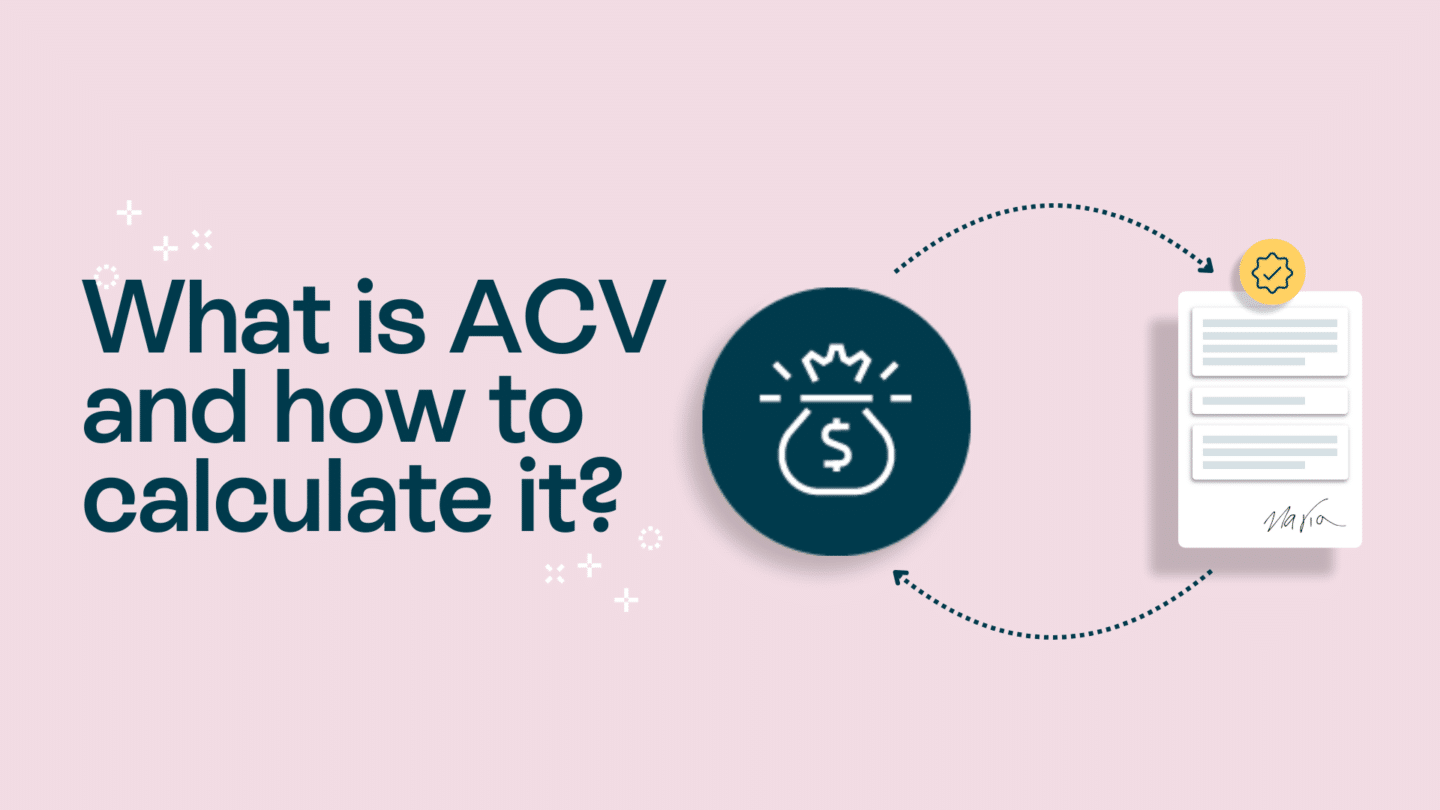Have you ever found yourself wondering: how secure is an e-signature compared to PDFs? Well, wonder no more! In this article, we will take a deep dive into E-Signatures and PDFs, their security features, and how they compare in terms of security. So, buckle up and get ready for an exciting ride as we answer: how secure is an e-signature compared to PDFs?
The lowdown on e-signatures and PDFs
What is an eSignature?
E-Signatures, also known as electronic signatures, are electronic symbols, sounds, or processes attached to an electronic message, record, or contract to signify acceptance or approval of the contents. E-Signatures allow parties to sign documents virtually, any time and from anywhere, without the need for physical documents and manual signatures.
The use of E-Signatures has become increasingly popular in recent years, especially with the rise of remote work and the need for virtual collaboration. E-Signatures are legally binding in most countries and are recognized as a valid form of signature by many organizations and institutions.
There are various types of E-Signatures, including click-to-sign, typed signatures, and digital signatures. Click-to-sign E-Signatures are the most common and involve clicking a button or checkbox to indicate agreement with the contents of a document. Typed signatures involve typing a name or initials into a designated field, while digital signatures involve using a secure digital certificate to sign a document.
Read also: A Basic Guide on Electronic Signatures and What Makes Them Legal

What is a PDF?
PDF (Portable Document Format) is a file format used to present and exchange documents reliably, independent of software, hardware, and operating systems. PDFs maintain the original layout, fonts, and colors of a document regardless of the platform on which it is viewed, making them a popular file format for sharing important documents.
PDFs are widely used in various industries, including legal, finance, and healthcare. They are commonly used for contracts, invoices, and other important documents that require a high level of accuracy and security. PDFs can also be password-protected and encrypted to ensure that only authorized individuals can access the contents of the document.
PDFs can be created using various software programs, including Adobe Acrobat, Microsoft Word, and Google Docs. Once created, PDFs can be easily shared via email or other online platforms, making them a convenient and efficient way to exchange documents. So, how secure is an e-signature compared to PDFs? How secure is an e-signature compared to PDFs? Let’s start by looking at e-signatures.
So, what’s behind an e-signature?
Electronic signatures, or E-Signatures, have revolutionized the way we sign and share documents. They offer a fast, secure, and convenient way to sign documents without the need for printing, scanning, or mailing. E-Signatures are widely used in various industries, including finance, healthcare, and real estate. But how do E-Signatures work, and what technology is behind them?
Digital signatures and encryption
One of the significant security features of E-Signatures is digital signatures and encryption. Digital signatures use a mathematical algorithm to verify the authenticity and integrity of electronic documents. This means that the signature is unique to the signer and cannot be replicated or forged. Digital signatures also ensure that the document has not been altered or tampered with since it was signed.
Encryption, on the other hand, uses a complex algorithm to protect the content of the document from unauthorized access. Encryption converts the document into a code that can only be deciphered with the correct key. This ensures that the document remains confidential and secure, even if it falls into the wrong hands.
Together, digital signatures and encryption make E-Signatures secure and tamper-proof. They provide a level of security that is not possible with traditional paper-based signatures.
eSignature security: Is electronic signature secure?
Electronic signature service providers use various authentication and verification processes to ensure the legitimacy of the parties signing the document. These processes may include email verification, password protection, or biometric authentication, such as fingerprint or face recognition.
Email verification involves sending an email to the signer’s email address with a unique link that they must click to confirm their identity. Password protection requires the signer to enter a password before they can sign the document. Biometric authentication uses the signer’s unique physical characteristics, such as their fingerprint or face, to verify their identity.
These measures make it difficult for unauthorized parties to sign or alter a document. They also provide a level of assurance that the signer is who they claim to be and that the document has not been tampered with.
In conclusion, E-Signatures are a secure and convenient way to sign and share documents. The technology behind E-Signatures, including digital signatures, encryption, and authentication, ensures that documents are secure, tamper-proof, and legitimate. As more businesses and organizations adopt E-Signatures, the technology will continue to evolve to meet the growing demand for secure and efficient document signing. So, How secure is an e-signature compared to PDFs? We’ve looked at e-signatures, now let’s look at PDFs.
Read also: Exploring the different types of electronic signature

And a PDF…?
Password protection
Password protection is one of the common security features of PDFs. Password protection allows users to restrict access to a document by requiring a password to open or edit the file. Passwords can also be set to expire after a specified period, ensuring that the document remains secure even after it is shared.
Encryption and certificate security
PDFs can be encrypted to protect the content of the document from unauthorized access or alteration. Encryption uses a complex algorithm to scramble the content of the document, making it difficult for unauthorized parties to read or modify the file. Certificate security, on the other hand, uses digital certificates to verify the authenticity of the parties accessing the document.
Legal aspects of e-signatures and PDFs
E-signature laws and regulations
Many countries have enacted laws and regulations to legally recognize and accept E-Signatures as legally binding. In the United States, the Electronic Signatures in Global and National Commerce Act (ESIGN) and the Uniform Electronic Transactions Act (UETA) provide a legal framework for the use of E-Signatures. In Europe, the eIDAS regulation provides a similar legal framework for E-Signatures.
PDF compliance and security standards
PDF standards such as PDF/A and PDF/X are designed to ensure that PDF documents comply with specific requirements for archiving and printing. Compliance with these standards ensures that the integrity of the document is maintained over time. Additionally, PDFs must meet various security standards such as ISO 32000 and ISO 19005 to ensure the confidentiality, integrity, and availability of the document.
How secure is an e-signature compared to PDFs? Let’s look at the security aspects.
Read also: Understanding B2B contracts: What you need to know

Comparing the security of electronic signatures and PDFs
Vulnerabilities and threats
While E-Signatures and PDFs have robust security features, they are not entirely immune to vulnerabilities, threats, and attacks. Common vulnerabilities include weak passwords, phishing attacks, and malware. However, E-Signatures have an advantage over PDFs in terms of authentication and verification, making them more secure against attacks.
Advantages and disadvantages
Both E-signatures and PDFs have advantages and disadvantages. E-Signatures offer convenience, faster processing times and reduce costs associated with traditional paper-based signing. PDFs, on the other hand, offer document integrity and compatibility across multiple platforms. However, the use of E-signatures can be limited by the availability of internet connection and the need for validation, while PDFs can be limited by password sharing and unauthorized access.
The key takeaways
So, how secure is an e-signature compared to PDFs? E-signatures and PDFs have robust security features that make them secure for document signing and sharing. However, the choice between E-signatures and PDFs largely depends on the users’ needs and preferences. While E-signatures offer convenience and faster processing times, PDFs offer document integrity and compatibility across multiple platforms. So, next time you need to sign a document, whether E-signature or PDF, always ensure you use secure and globally accepted standards to protect your documents from vulnerabilities, threats, and attacks.





